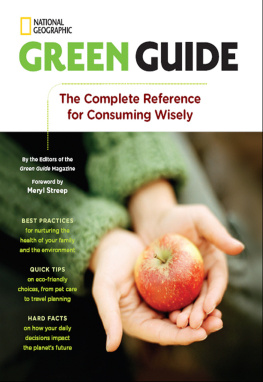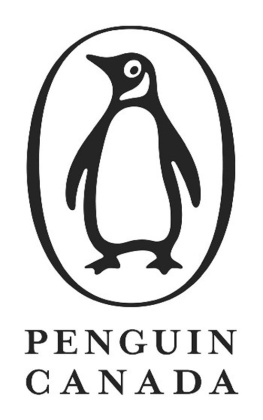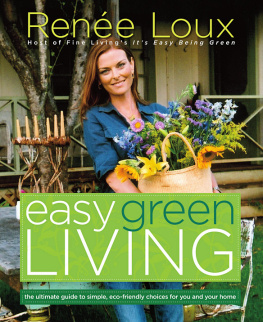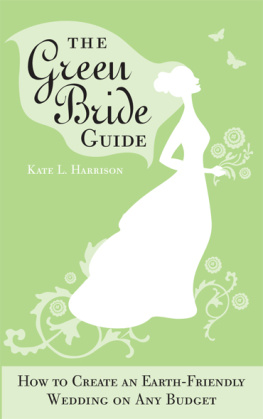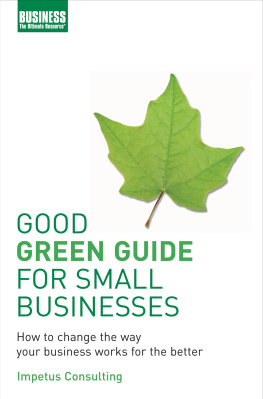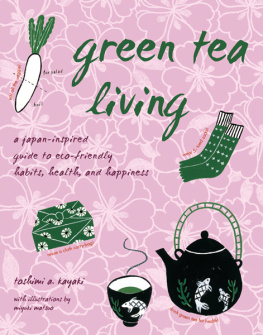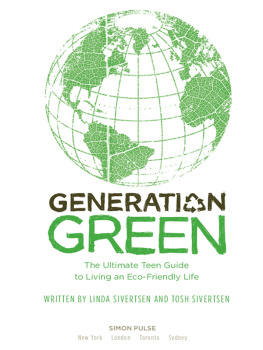Foreword
BY MERYL STREEP
THIS IS IT. This is the book weve all been wishing would be written for years. Its the ultimate green living reference, a go-to guide for practical, ready-to-apply solutions to the most pressing environmental problems facing us today at home, in our communities, and around the world.
And there is no one more qualified to write it. The editors of the Green Guide have been researching and reporting on sensible ways for consumers to protect themselves and their families from harmful chemicals in food and other products since the early 1990s. I know this, because I was a co-founder of the organization Mothers & Others, which published the first Green Guide in 1994. The original Green Guides were shortjust four pagesand frequentbiweekly. They were intended to be read in just minutes. The simple solutions they provided were easily put into action. Whether you were concerned about hormones in milk and poultry or emissions of greenhouse gases from the burning of fossil fuels, Green Guide made the latest scientific issues understandable and the remedies easy to implement.
Those same good-sense solutions have been the hallmark of the Green Guide throughout the past decade and a half. A website was added in 2002, providing concerned consumers 24/7 access to a dynamic database, replete with regularly updated product reports, smart shopping tips, and step-by-step guides to greening their homes. And then, in 2007, the National Geographic Society bought the Green Guide , eager to make it the mother of all resources for consumers wanting to live a greener life. It was National Geographics idea to convert the Green Guide from a short-form newsletter into a quarterly magazine, filling a gap in mainstream publishing with the only periodical devoted 100 percent to green consumer information.
National Geographic was also quick to jump on the idea of a Green Guide book, chock-full of simple, useful ideas broken down into achievable steps. Good thing, too, as I like booksparticularly books like this that bring it all together, covering so much that matters in our lives, from the food we choose to put on our tables, to the way we heat our homes, even how we dress up our children for Halloween. Thats what I value about the Green Guide , thats why I turn to it when I need advice. It helps us to see how even the most mundane of daily decisions, from our choice of coffee to how long we shower, matter not just a little, but collectively a lot.
I was a mother of young children when I joined with Wendy Gordon to create Mothers & Others. Our aim then was to protect our kids from trace levels of harmful pesticides in common fruits and vegetables. We were responding to reports by the Natural Resources Defense Council and the National Academy of Sciences showing that young children were exposed to levels of pesticides above those the federal government considered safe. My neighbors and I lobbied our supermarkets to begin to offer organic and sustainably grown produce and to buy from local growers. (Hard to believe, but 15 years ago these products were simply not available in most stores!) We worked with other concerned citizens to change the regulations to take into account the particular eating patterns and vulnerabilities of very young children.
What we learned in those early years was that while government reform can take years to bring about, concerned consumers wanted to know what they could do now. What choices did they have? Could they make a difference? These direct questions from everyday consumershow do I safeguard my kids, what can we do to live more responsiblyinspired Mothers & Others, and a couple of years later, the Green Guide was launched. Our mission was clear from the outset: to make living in an environmentally aware way understandable, practical, and immediate. It wasnt about the actions of others, about big institutions or government agencies, but about us, what we do, how we do things, the way we live our lives. And sure enough, what we do does count. By voting with our dollarsdemanding products that are more intelligently made, from toothpaste to wind turbinesweve provided much of the impetus for manufacturers and governments to do the right thing, too.
The Green Guide has been my source all these years, and Im grateful. I encourage you to make it yours and to use this book as it was intended to be used. Mark in it, turn down the corners, and put tabs on those pages youll go back to over and over again. Its that sort of a book: a reference, a workhorse, a companion for all of us making extraordinary things happen in the most ordinary of ways.
Introduction
BY SETH BAUER
EDITORIAL DIRECTOR, GREEN GUIDE
SO, WHAT CAN I DO?
Its the question we hear from readers all the time, and it underlies all the work we do at National Geographics Green Guide . Its a simple question, but theres a lot behind it. Asking what you can do shows that youve recognized the kind of stress that human activity puts on the planeton natural resources from trees, water, and soil, to minerals and ancient deposits of oil and coal, to the delicate balance of gases in our atmosphere that lets life exist on Earth. It shows that you realize that its not just up to othersscientists or businesspeople or governmentsto deal with the issues; that every day, each of us makes decisions that worsen or lessen the stress on the planet; that widespread individual action could make a tremendous difference (and in some ways already has). And best of all, it shows that youre ready to act. Youre ready to go green.

